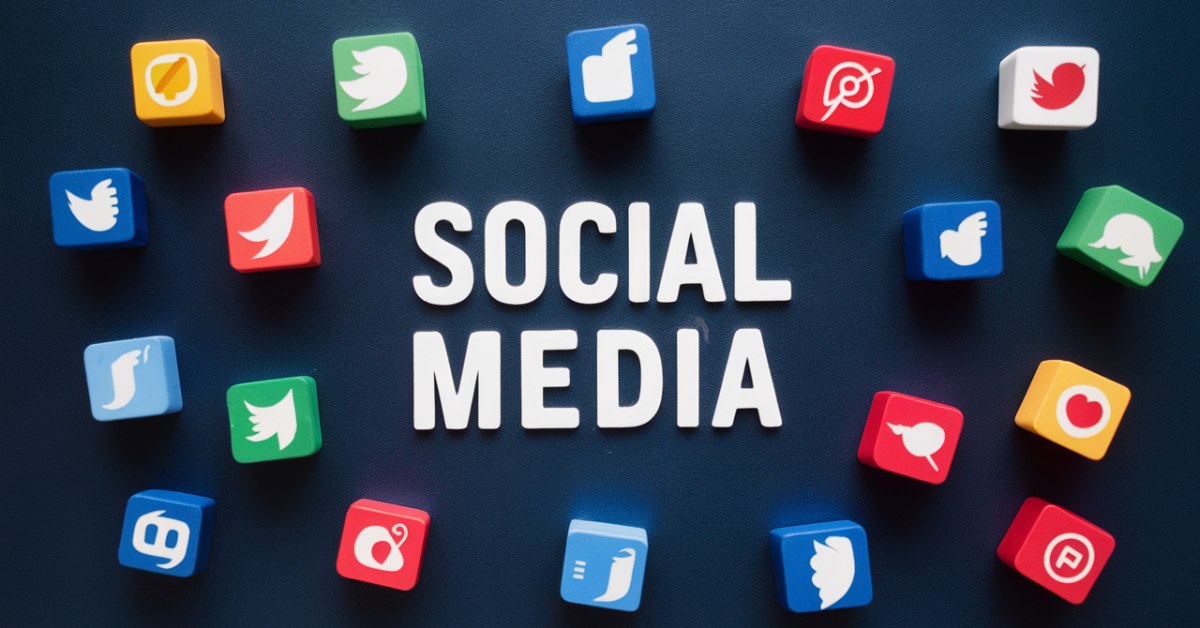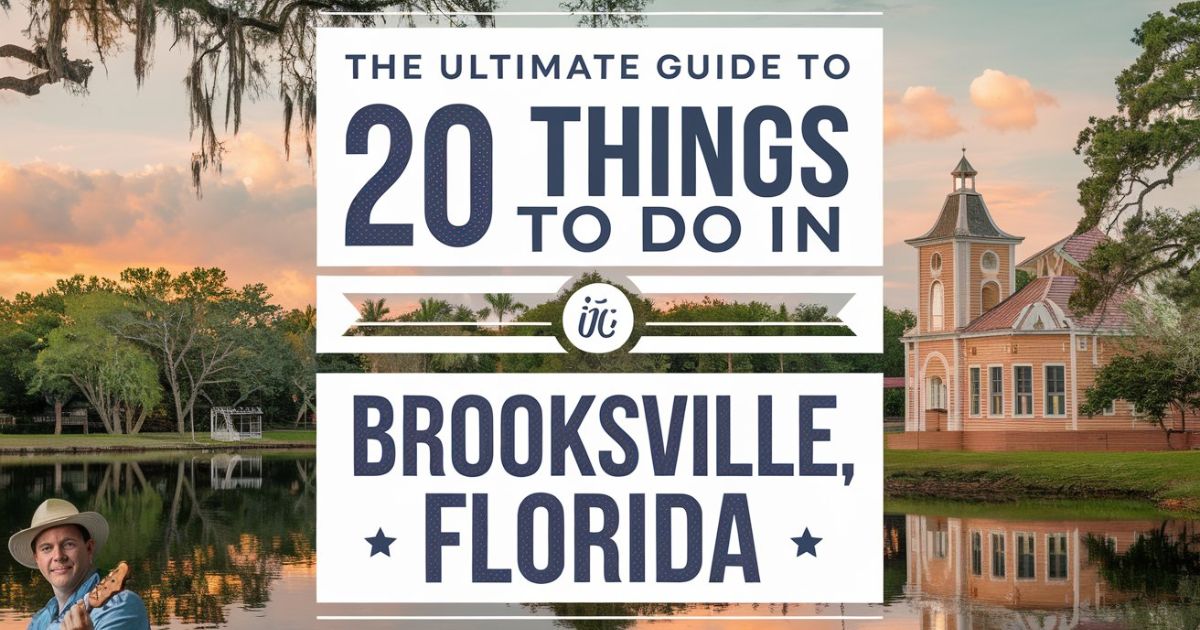In today’s hyperconnected world, social media has become an integral part of our daily lives. It’s hard to imagine a time when we couldn’t instantly share our thoughts, photos, and experiences with friends and family across the globe. But what exactly is social media, and how has it reshaped our society?
Let’s dive into the fascinating world of digital technology and explore the far-reaching impact of social platforms on our personal and professional lives.
What Is Social Media?
At its core, social media refers to internet-based platforms that allow users to create, share, and interact with content. These social networking sites have revolutionized the way we communicate, offering a virtual space where people can connect, express themselves, and engage with others in real-time. Unlike traditional media, social media thrives on user-generated content, making it a dynamic and ever-evolving landscape.
The Building Blocks of Social Networking
The foundation of any social media platform rests on three key elements: user profiles, content sharing capabilities, and interaction mechanisms. User profiles serve as digital representations of individuals, often including personal information, interests, and connections.
Content sharing is the lifeblood of social media, allowing users to post text, images, videos, and other media. Interaction mechanisms, such as likes, comments, and shares, facilitate engagement and help build online communities.
These components work together to create a rich, interactive experience that keeps users coming back for more. It’s this addictive quality that has led to the explosive growth of social media over the past two decades.
Social Media App Banality Of Everyday Life
Social media apps Banality have become a mundane part of our daily routines. We scroll, post, and like without much thought, turning extraordinary moments into ordinary content. This constant sharing has made even the most exciting experiences feel commonplace.
The banality of everyday life on social media can lead to a sense of disconnection. We’re bombarded with countless updates, making it hard to find genuine meaning. Paradoxically, the more we share, the less special our experiences often feel.
How Social Media Originated and Evolved
The roots of social media can be traced back to the early days of the internet, with bulletin board systems and chat rooms paving the way for more sophisticated platforms. However, it wasn’t until the early 2000s that social media as we know it today began to take shape.
MySpace, launched in 2003, was one of the first social networking sites to gain widespread popularity. It allowed users to customize their profiles, connect with friends, and share music. But it was Facebook, founded in 2004, that truly revolutionized the landscape. What started as a college networking site quickly expanded to become the global juggernaut we know today.
As smartphones became ubiquitous, social media evolved to meet the demands of mobile users. Platforms like Instagram and Snapchat emerged, focusing on visual content and mobile-first experiences. This shift to mobile has been a defining characteristic of social media’s evolution, shaping how we consume and create content on the go.
The Social Media Explosion
The growth of social media has been nothing short of phenomenal. In just a few short years, these platforms went from niche communities to global phenomena. Today, billions of people use social media platforms daily, with Facebook alone boasting nearly 3 billion active users.
This explosive growth has led to a diversification of platform types, each catering to different needs and demographics. From professional networking on LinkedIn to short-form video content on TikTok, there’s a social media platform for every interest and purpose.
How Much Time Do People Spend on Social Media
The amount of time people spend on social media has skyrocketed in recent years. According to recent studies, the average American spends over two hours per day on social platforms. This figure varies significantly across age groups, with younger users typically spending more time online than their older counterparts.
| Age Group | Average Daily Social Media Usage |
| 16-24 | 3 hours 1 minute |
| 25-34 | 2 hours 37 minutes |
| 35-44 | 2 hours 4 minutes |
| 45-54 | 1 hour 39 minutes |
| 55+ | 1 hour 13 minutes |
The Social Media Time Sink
What keeps us glued to our screens for hours on end? Scrolling through news feeds, watching videos, and interacting with friends’ posts are among the most time-consuming activities on social platforms. The constant stream of new content, coupled with algorithms designed to keep us engaged, creates a powerful draw that’s hard to resist.
Impacts of People Spending Time on Social Media
The pervasive nature of social media has had profound effects on our psychological well-being, social interactions, and productivity. On the positive side, these platforms have made it easier than ever to stay connected with loved ones, discover new ideas, and find communities of like-minded individuals.
Excessive social media use has been linked to increased feelings of anxiety, depression, and loneliness. The constant comparison to others’ curated online personas can lead to negative self-image and FOMO (fear of missing out). Moreover, the addictive nature of social media can disrupt sleep patterns and impact real-world relationships.
The Attention Economy
In today’s digital landscape, our attention has become a valuable commodity. Social media platforms are designed to capture and hold our focus, employing sophisticated algorithms and psychological tricks to keep us scrolling. Features like infinite scrolling, push notifications, and personalized content recommendations all serve to maximize user engagement.
Understanding these tactics can help us develop healthier relationships with social media. By setting boundaries and being mindful of our usage, we can harness the benefits of these platforms while mitigating their potential negative impacts.
What Social Media Is Used for Today
The uses of social media have expanded far beyond simple personal connections. Today, these platforms serve a multitude of purposes:
- Networking and relationship building
- News and information sharing
- Marketing and advertising
- Entertainment and content consumption
- E-commerce and social shopping
- Professional development and job searching
- Activism and community organizing
The Multi-Faceted Social Media Landscape
As social media has evolved, we’ve seen the rise of specialized platforms catering to specific niches. For example, TikTok focuses on short-form video content, while Pinterest is geared towards visual discovery and inspiration. This diversification allows users to tailor their social media experience to their interests and needs.
Social features are increasingly being integrated into other apps and services. From fitness trackers to streaming platforms, the lines between social media and other digital experiences are becoming increasingly blurred.
Pros and Cons of Social Media
Like any powerful tool, social media comes with its share of benefits and drawbacks. Let’s explore some of the key pros and cons:
Pros:
- Global connectivity
- Instant access to information
- Platform for self-expression
- Business opportunities
- Community building
Cons:
- Privacy concerns
- Spread of misinformation
- Potential for addiction
- Cyberbullying and online harassment
- Impact on mental health
Navigating the Social Media Minefield
To make the most of social media while avoiding its pitfalls, it’s crucial to develop good digital habits. This includes:
- Setting time limits for social media use
- Being selective about the content you consume
- Regularly auditing your privacy settings
- Practicing critical thinking when encountering information online
- Cultivating real-world relationships alongside digital ones
Digital literacy is key in today’s interconnected world. By understanding how social media works and its potential impacts, we can make informed decisions about our online presence.
What Is the Most Popular Social Media?
As of 2023, Facebook remains the most popular social networking site globally, with nearly 3 billion active users. Its massive user base, coupled with its extensive features and integration with other platforms, has helped it maintain its dominant position.
Popularity can vary significantly by region and demographic. For example, TikTok has seen explosive growth among younger users, while LinkedIn remains the go-to platform for professional networking.
The Social Media Giants
Let’s take a closer look at the top three social media platforms:
- Facebook: The all-in-one platform for connecting with friends, sharing content, and joining groups.
- YouTube: The world’s largest video-sharing platform, now incorporating short-form content to compete with TikTok.
- WhatsApp: While primarily a messaging app, its status feature and group chats make it a powerful social networking tool.
These platforms maintain their dominance through constant innovation, strategic acquisitions, and leveraging network effects.
The Top 10 Social Media Platforms Worldwide
Here’s a breakdown of the top 10 social media platforms by monthly active users:
- Facebook: 2.96 billion
- YouTube: 2.51 billion
- WhatsApp: 2 billion
- Instagram: 2 billion
- WeChat: 1.31 billion
- TikTok: 1.05 billion
- Facebook Messenger: 931 million
- Douyin: 715 million
- Telegram: 700 million
- Snapchat: 635 million
Each of these platforms offers unique features and caters to different user preferences. For example, Instagram focuses on visual content, while Twitter (now X) is known for its real-time news and discussion.
Beyond the Numbers
While user numbers are important, they don’t tell the whole story. Each platform has its own unique selling points and target demographics. For instance, LinkedIn caters to professionals and job seekers, while Pinterest attracts users interested in visual discovery and planning.
Users often choose which platforms to engage with based on factors like their social circles, interests, and the type of content they want to consume or create. This has led to many people maintaining presences across multiple platforms, each serving a different purpose in their digital lives.
The Bottom Line
Social media has fundamentally changed the way we communicate, consume information, and interact with the world around us. Its impact extends far beyond personal connections, influencing everything from politics and business to entertainment and education.
As we look to the future, emerging technologies like virtual and augmented reality promise to further reshape the social media landscape. The rise of the metaverse concept suggests that our digital and physical lives may become even more intertwined.
While social media offers incredible opportunities for connection and self-expression, it’s crucial to approach it mindfully. By understanding its potential impacts and developing healthy usage habits, we can harness the power of these platforms while avoiding their pitfalls.


![Discover Florida's Best Weekend Getaways: Beach to Disney [2024 Guide]](https://theglobelday.com/wp-content/uploads/2024/09/discover-floridas-best-weekend-getaways-beach-to-disney-2024-guide.jpg)


![Discover Florida's Best Weekend Getaways: Beach to Disney [2024 Guide]](https://theglobelday.com/wp-content/uploads/2024/09/discover-floridas-best-weekend-getaways-beach-to-disney-2024-guide-300x158.jpg)






